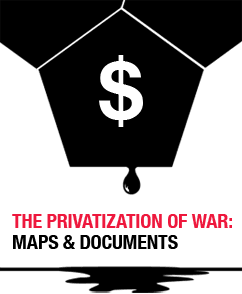Berkeley Daily Planet
Berkeley Art Museum Gets Radical with ‘Now-Time Venezuela’
After too long a period of vacuous, gallery-driven shows, the MATRIX program of the Berkeley Art Museum has come back to life with a radical exhibition by its newly appointed curator Chris Gilbert: “New-Time: Media Along the Path of the Bolivarian Process.”
The work of Dario Azzelini, a writer and political analyst, living in Berlin and Mexico City, and the Austrian artist Oliver Ressler, it is a multi-screen projection on the subject of Venezuela’s worker-controlled factories. The two men recorded extensive interviews with workers in five factories which produce aluminum, textiles, cocoa, paper and tomato products. The viewer confronts workers who have occupied and controlled factories as part of Hugo Chávez’s socialist revolution. In the background we see and hear the factories at work.
Aware of the failure of Soviet Russia and the countries under Soviet domination, the workers themselves, not the state, control the means of production in these factories. They make decisions, which, they tell us, are based on human values.
The viewer listening to the workers and looking at the factories learns about co-management (cogestión), which is based on the Bolivarian Constitution of Venezuela (1999), that stresses the economic rights of the country’s citizens: “the fair distribution of wealth as well as the production of goods and services that meet the needs of the populace,” and “security, health, environmental protection.” In the video one of the workers sums it up by saying, “We are the protagonists ... We don’t think as Commandante Chávez does, Commandante Chávez thinks like us and that is why he is there and we will keep him there.”
With the over-extension of the U.S. military, we can hope that there might not be another interference of “Contras” in the Venezuelan revolution. With the exception of the right-wing governments of Columbia and Paraguay, most of the South American continent has moved to the left, with Venezuela advancing furthest in its revolution against neo-liberal globalization and U.S. hegemony. Is it possible that George W. Bush has succeeded where Simon Bolivar and Che Guevara had failed?
The current exhibition will be on view until May 28. It is to be followed by further presentations in a yearlong cycle of projects in solidarity with the Bolivarian Revolution. Mr. Gilbert wants art to be didactic and politically active. He says that these exhibitions will “not merely document but also contribute to their subjects. This is a departure from a tradition of political art and exhibitions, in that it acknowledges that works of art can be part of the new world that revolutionary art brings into being rather than simply reflecting upon them.”
In the long debate as to whether art can change consciousness, the new MATRIX curator, like this writer, believes that it can indeed have an effect on society. This work seems related to the earlier photo documentations by Allan Sekula, who in 1978 wrote: “We need to counterpose an active resistance, simultaneously political and symbolic, to monopoly capitalism’s increasing power and arrogance, a resistance aimed ultimately at socialist transformation.”
This is by no means the only political art exhibition in the Bay Area. The Yuerba Buena Center for the Arts has just opened a major exhibition, “Black Panther Rank and File” which offers a multifaceted look at the legacy of the Black Panthers, using “the Black Panther Party as a lens through which we can explore the role the artists play in inspiring social change and in remembering and reflecting on human struggle and achievement.”























